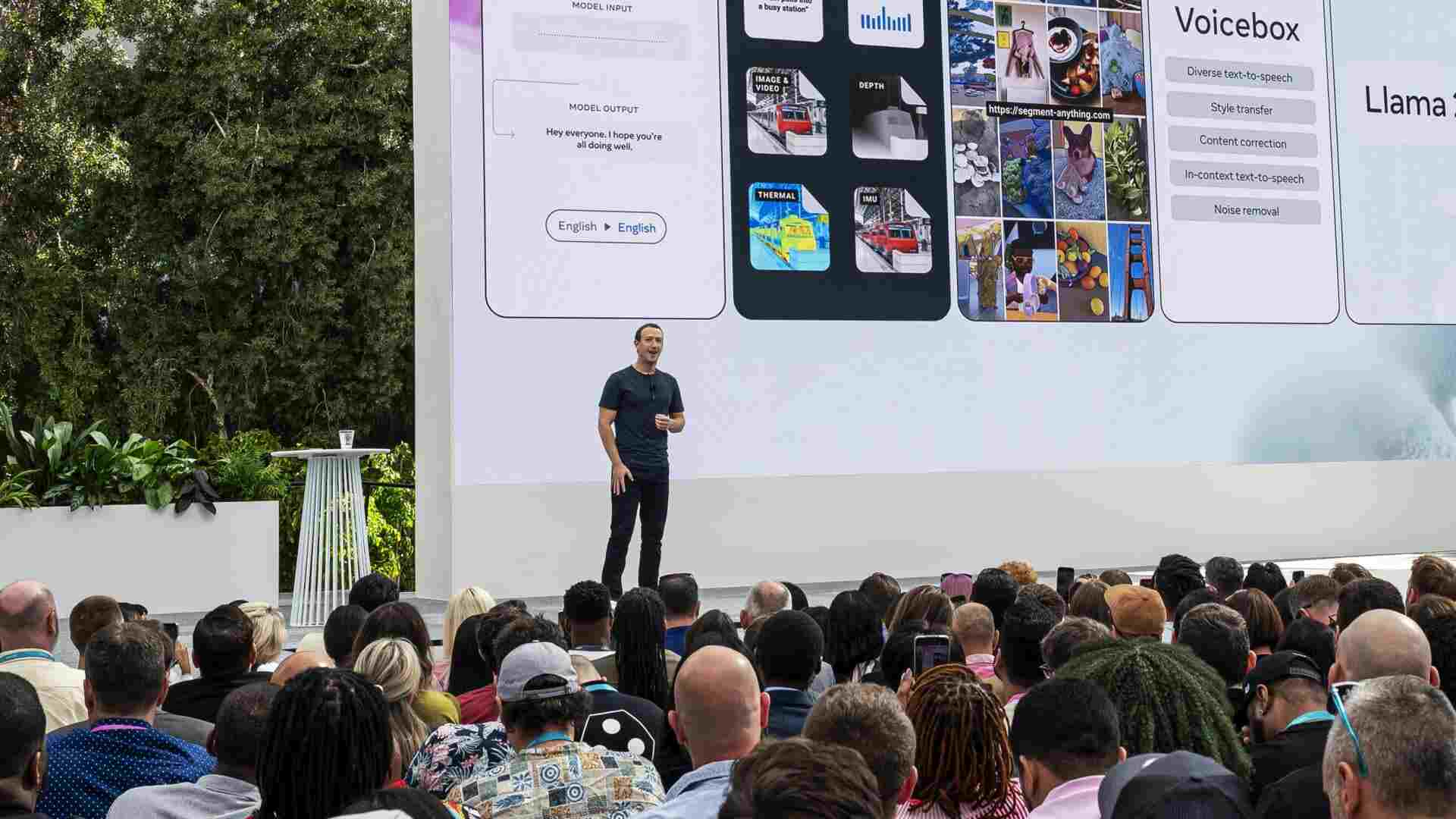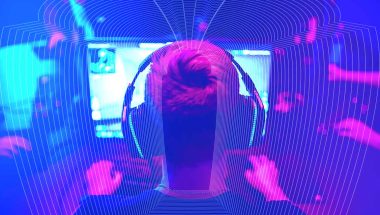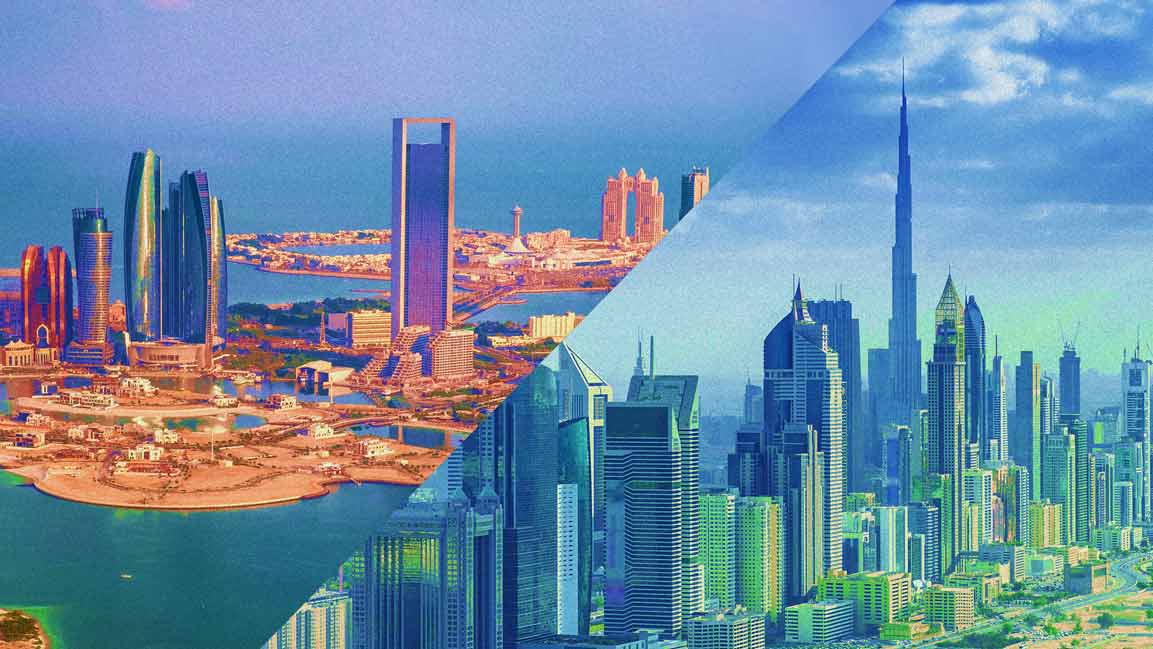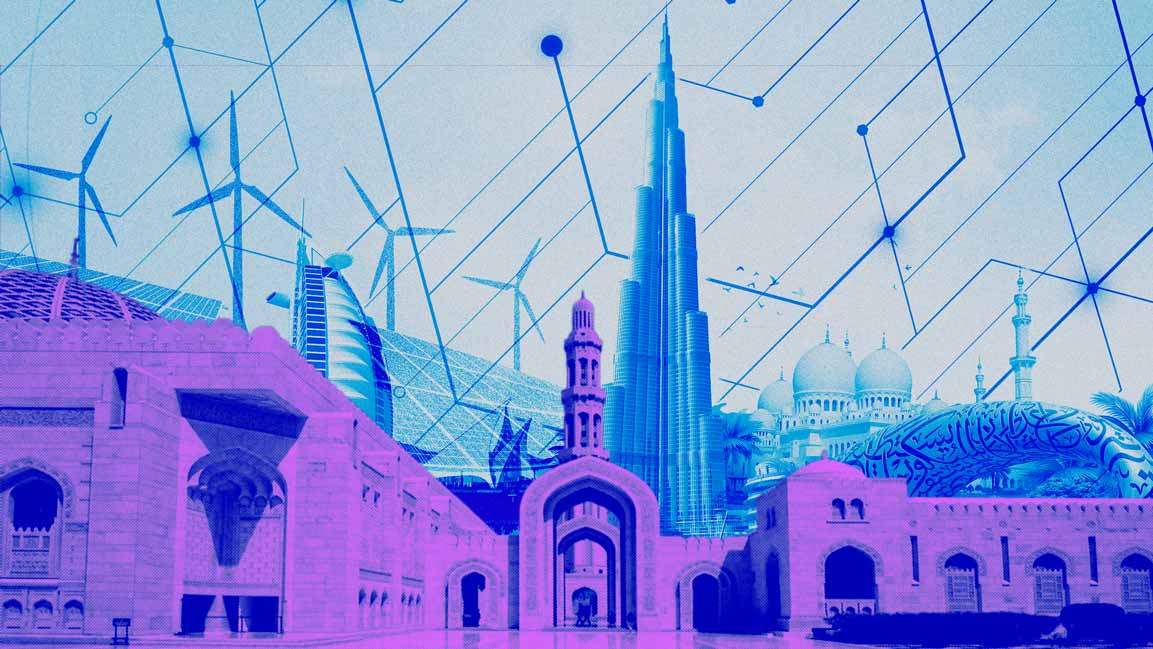- | 9:00 am
Zoom meetings are boring. Can holograms make them interesting?
Holograms enabling professionals to interact in virtual reality or projected in physical workspaces via AR, can take remote collaboration to another level.

“Let’s get on a quick video call.” Is that more frightening to you than “Let’s hit the conference room?” Then you are tired of screens, virtual backgrounds, and filters (read kitten) in some hilarious cases.
Exchanging ideas on video calls as the voice cracks and video freezes is nothing like communicating face to face. Yes, two years of the pandemic do feel like forever. Add to that Zoom fatigue. As per Bill Gates, metaverse meetings will replace video calls in three years. But how are these 3D avatars better than what we have on our screens today? And, how realistic can they be?
HOLOGRAMS: RELIEF FROM EXHAUSTION OR MORE PAIN?
Assuming that professionals who aren’t working remotely for good come back to the office, they will still have to adapt to hybrid workspaces. Realistically, things will never be the same in the new normal. Hence, recreating the experience of sitting next to coworkers is the best bet to tackle exhaustion from the dreaded video calls.
“The future is neither virtual nor in-person meetings and events, but a combination and choice,” says Osama Al-Zoubi, CTO at Cisco Middle East and Africa.
So, are you ready to sit in your home, yet step into your office, virtually?
Matsuko, a firm co-founded by a Ubisoft veteran and game programmer, brings us holograms. The technology allows people to stream lifesize replicas of themselves via iPhones. Colleagues can watch the callers before them once they wear XR glasses.
Matsuko is driven by the idea of bringing virtual communication closer to real-life interactions via 3D holograms. The firm’s CEO feels that the pandemic and lockdowns have highlighted how human beings need each other’s presence.
The acceptance of remote presentations has also prompted Google and Microsoft to explore holographic projections. Another firm, Portl, uses seven-foot boxes to teleport people from their home offices into meeting rooms. The life-size device comes with lighting, a camera, and a microphone to broadcast digital replicas.
Middle Eastern economies such as the UAE and Saudi Arabia have embraced remote communication. Telemedicine for monitoring patients has been accepted alongside VR for immersive entertainment. It isn’t surprising that meetings and events via holograms are being pitched in these connected ecosystems.
But remote working isn’t feasible for those who collaborate on design or provide training with real objects. This is where transporting people and objects into a virtual realm changes the game. Cisco has launched its Webex Hologram to create a realm where people interact with each other’s virtual renditions.
HOLOGRAMS CAN GO FAR BEYOND JUST AVATARS
“We also focus on innovating and creating new features that make virtual meetings more attractive: automated note taking, real-time translation, noise cancellation, and animated reactions all contribute to the new meeting experience,” says Al-Zoubi.
Cisco seeks to ensure equal participation for billions globally via holograms. Its tool creates photorealistic virtual avatars, which are broadcast in real-time. Physical objects and digital data can be streamed simultaneously to solve problems.
“Last year, at GITEX Technology Week, we demonstrated the capabilities of a new hologram technology that leverages Webex Cloud, Webex Desk Pro, and Webex Room Kit to showcase the possibilities of technology in powering hybrid work,” adds Al-Zoubi.
To provide their input, participants can study everything from car engines to new medical tools with real-world precision. Beyond meetings, the tool can boost healthcare and education via real-time demonstrations.
The technology introduced by Cisco also works with every headset, including Microsoft’s widely used Hololens 2. Since holograms are becoming mainstream, they can be used for more than just everyday workplace interactions.
GET A TASTE OF ENTERTAINMENT TOO
The present generation has been able to watch global musicians, such as BTS, the Korean pop band, perform in the Middle East.
Regional organizers are resurrecting stars’ charisma on stage via holograms. For instance, Egyptian icon Umm Kulthum has been brought to life in a digital avatar on multiple occasions in UAE and Saudi Arabia. This year, a similar show marked the launch of the Dubai Hologram Universe at the Al Habtoor City Theatre. It featured a holographic projection of singer Abdel Alim Hafez that thrilled regional audiences.
The virtual recreation of the musician accurately replicated his body language and expressions. Special effects, including haze and waterfalls, were added to make the performance look more realistic and as visual as a dream.
Speaking further on creative freedom in the virtual realm, Huraimel says that “architects can design creatively and freely, representing their vision and showcasing them to the world. This type of expository design will push the limits of what is possible in the physical world and spark creativity and innovation in architecture.”
A decade back, the sci-fi-like holograms were limited to political campaigns and exclusive concerts. The need to make remote interactions more realistic is now taking it to the masses.
Describing the role of virtual dialogues, Al-Zoubi says, “During the six-month run of Expo 2020 Dubai, the event achieved 24.1 million physical visits and approximately 250 million virtual visits. Virtual visitations enabled Expo 2020 Dubai to reach a wider global audience.”
With COP 27 coming to Egypt later this year and COP 28 in the UAE next year, he says hybrid meetings “will also be important to help foster new dialogues on creating a sustainable, inclusive future.”
AR headsets and holographic projectors sound like the new tech about to set foot into our worlds, but how affordable would they be? If production has to be for the masses and a wider consumer base, are there implications for the prices?
Answers to these questions will determine the future of holographic meetings in tech hubs such as the UAE and Saudi Arabia. We might have to wait a while before we are playing holochess, but one thing is for sure, your hologram may still find the meeting boring.
Most Innovative Companies comes to the Middle East this October! Click here to know more.






































